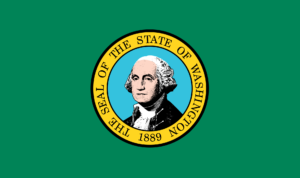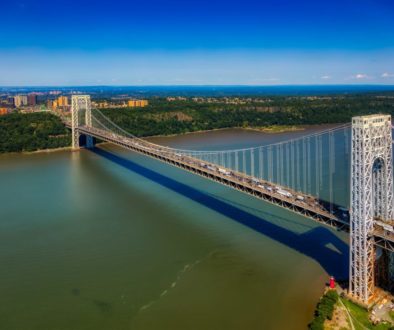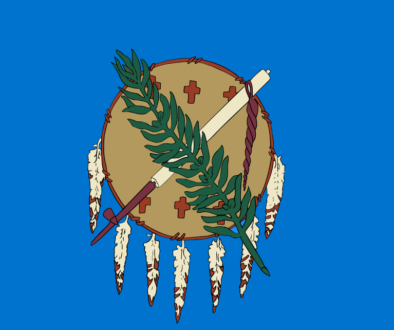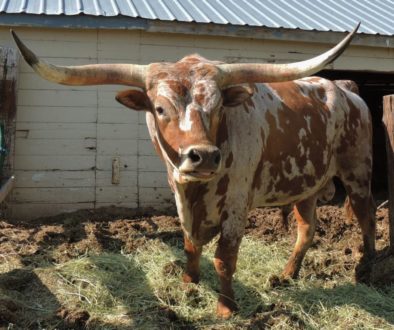Washington
History: Native Americans reached the Washington area more than 10,000 years ago. The coastal tribes are well-known for their totem poles, ornate masks, and elaborately carved canoes. The first European visitor was Spaniard Don Bruno de Heceta in 1775. British explorers James Cook sailed by in 1778 and George Vancouver in 1792. Spain gave up its claims on the area to Britain in 1790. Britain, Russia (coming south from Alaska), and the U.S. (Lewis and Clark) explored, settled, and disputed the area then known as Oregon Country. Finally, a treaty in 1846 set the boundary between the Oregon Country (U.S.) and British Columbia. Washington became a separate territory in 1853, and the 42nd state on November 11, 1889. It is often called ‘Washington State’ to avoid confusion with Washington D.C.
Economy: Initially, the state became a leading producer of lumber and wood products because heavy forests cover half of the state. Agriculture became important, as the climate was excellent for growing apples, pears, apricots, raspberries, and cherries, as well as wheat, asparagus, peas, grapes, and lentils. As the Indians had found, salmon fishing can be very successful. Later, Washington became a high-tech center for aircraft, missile, electronics, and computers. Manufacturing of ships, metals, chemicals, and transportation equipment is also important.
Climate: The climate varies greatly between west and east, due to the mountains dividing the state. The west has a Mediterranean Climate, with dry, cool summers and cold, rainy winters. It may get as much as 160 inches of rain yearly, and stay cloudy for weeks. The east does not get the rain so is much drier and warmer. Rainfall is only 6 inches, increasing to 21 inches as one goes east.
Geography: The Olympic and Cascade Range Mountains are the major feature, running north and south. These include a series of volcanos, of which Mt. Rainier (14,411 ft) is the most prominent and most dangerous. Mt. St. Helens spectacularly erupted and blew up in 1980, losing 1300 ft of elevation. Western Washington is known for mountains and valleys, and many coastal inlets, bays, and islands. Eastern Washington is more flat with mostly grassland. The southern border is established by the mighty Columbia River, while the western border is the Pacific Ocean.
Fun Facts:
- Kennewick Man is one of the oldest and most complete Native American skeletons ever found; it is about 9000 years old.
- The Oregon Trail brought thousands of Americans settlers to the Washington area from 1846 to 1869.
- Olympia was home to the world’s first soft-serve ice cream.
- After travelling through the Louisiana Purchase area, the Lewis and Clark Expedition rafted down the Columbia River and wintered on the Pacific coast in 1805-1806.
- Washington produces more apples than any other state.
- The longest floating bridge in the world connects Seattle to Medina.
Points of Interest:
- Olympia and Mt. Rainier National Parks
- The oldest operating gas station in the U.S. is in Zillah
- The Space Needle in Seattle
- Puget Sound
- Bavarian Village in Leavenworth
- Riverfront Park in Spokane
Six additional sites to visit for more information:
www.infoplease.com/us/states/washington
www.coolkidfacts.com/washington
kids.nationalgeographic.com/washington




